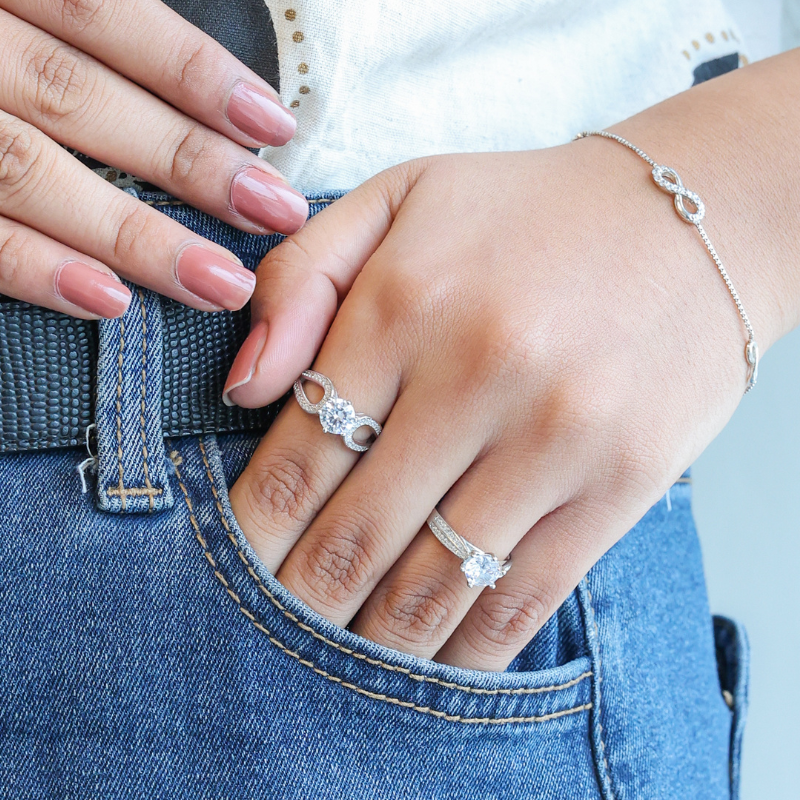Sterling silver has long been a beloved material in the world of jewelry and design. Its luminous shine, versatility, and relative affordability make it a popular choice for everything from delicate necklaces to statement rings. But have you ever stopped to consider what goes into that beautiful piece beyond the final polish? The journey of sterling silver from the earth to your jewelry box is complex, and increasingly, ethical sourcing is playing a pivotal role in its cost.
At its core, sterling silver is an alloy containing 92.5% pure silver and 7.5% other metals, typically copper. This blend makes the silver more durable and suitable for crafting. However, the initial extraction of silver, like many precious metals, has historically been associated with significant environmental and social challenges.
The True Price of Silver: Beyond the Mine Shaft
Traditional silver mining can be incredibly resource-intensive, often involving practices that lead to deforestation, water contamination from chemicals like cyanide and mercury, and significant carbon emissions. Beyond the environmental footprint, there are critical human rights concerns. Miners, particularly in developing countries, can face hazardous working conditions, unfair wages, and even forced labor. Child labor is also a persistent issue in some unregulated mining sectors.
This is where ethical sourcing steps in. Ethical sourcing for sterling silver means that the silver used in your jewelry has been extracted and processed in a way that minimizes environmental harm and upholds fair labor practices. This can involve:
-
Responsible Mining Practices: Mines adhering to ethical standards invest in technologies and methods that reduce environmental impact, such as water recycling, responsible waste management, and land reclamation after mining operations cease.
-
Fair Wages and Safe Working Conditions: Workers are paid a living wage, provided with protective equipment, and operate in environments free from exploitation and coercion. Independent audits often verify these conditions.
-
Traceability and Transparency: Ethical suppliers can trace their silver back to its origin, providing transparency about its journey and ensuring it hasn't passed through conflict zones or exploited labor.
-
Recycled Silver: A growing and highly ethical option is the use of recycled sterling silver. This diverts existing silver from landfills, reduces the demand for newly mined silver, and significantly lessens the environmental impact associated with extraction.
The Cost Equation: Why Ethical Silver Can Be More Expensive
It's natural to wonder why ethically sourced sterling silver might sometimes carry a higher price tag. The answer lies in the investments required to meet these higher standards:
-
Increased Production Costs: Implementing environmentally sound mining techniques and ensuring safe, fair labor practices often involves greater operational expenses. This can include better equipment, higher wages, more rigorous safety protocols, and environmental impact assessments.
-
Certification and Auditing: To guarantee ethical sourcing, suppliers often undergo third-party certifications and regular audits. These processes ensure compliance but add to the overall cost.
-
Transparency and Traceability Systems: Establishing robust supply chain tracking systems to ensure traceability requires investment in technology and administrative oversight.
-
Premium for Recycled Materials: While recycled silver helps the environment, the process of collecting, refining, and certifying recycled materials can also incur costs that are reflected in the final price.
Making an Ethical Choice
When you choose a piece of sterling silver jewelry, opting for ethically sourced silver means you're not just buying an adornment; you're supporting a system that values human well-being and environmental health. While it might sometimes mean a slightly higher initial investment, the true cost of "cheap" silver often includes hidden environmental degradation and social injustice.
As consumers, we have the power to drive change. By asking jewelers about their sourcing practices and choosing brands committed to ethical standards, we can help shape a more responsible and sustainable future for the jewelry industry.









